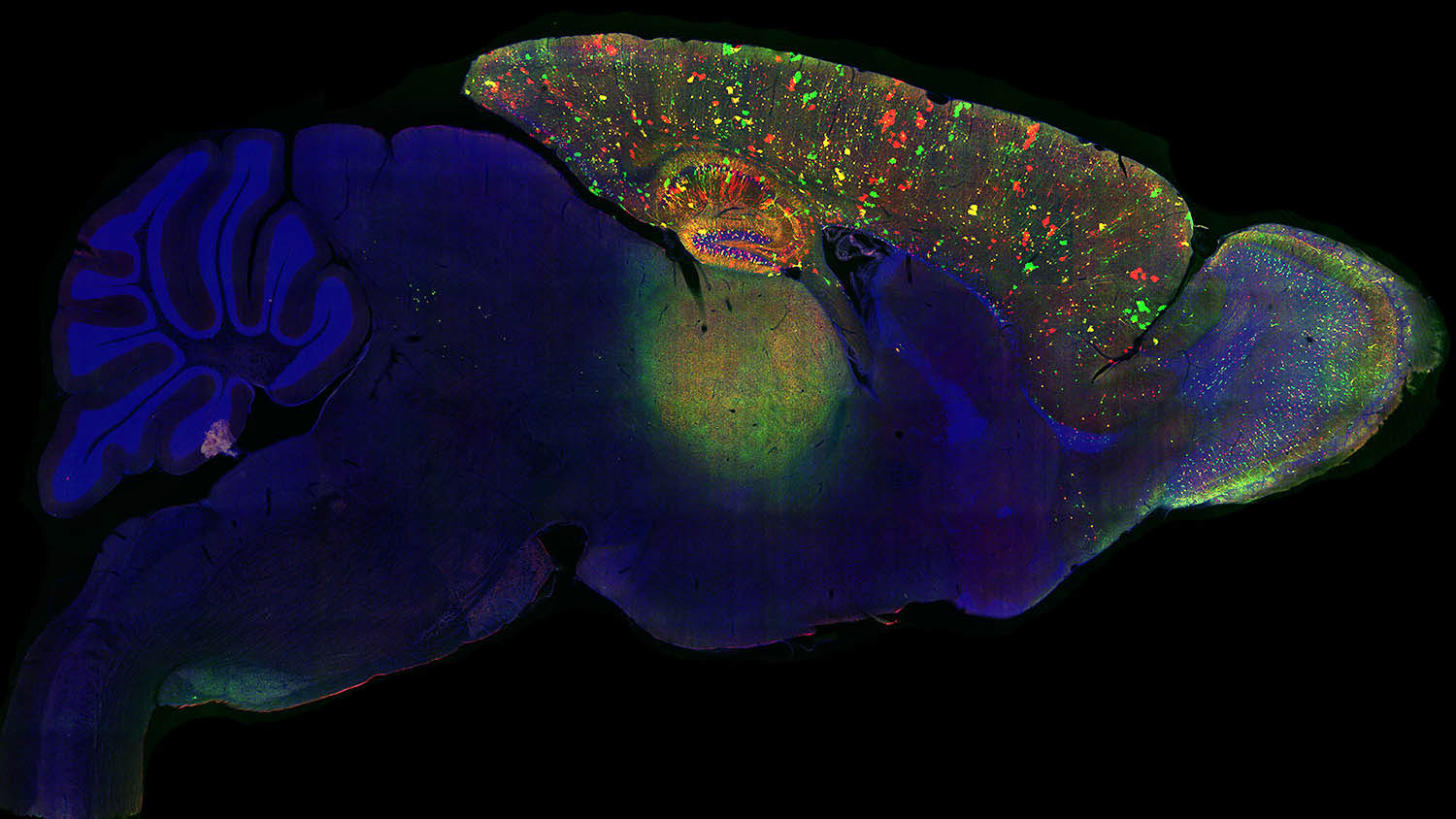
Environmental Epigenetics and Genetics
Explore linkages between exposures, epigenetic mechanisms of gene regulation and phenotype, transgenerational inheritance, GxE interactions, and DNA damage and repair.

Dr. David Aylor
The Aylor Lab broadly addresses susceptibility to environmental factors, with separate projects on GxE interactions and the epigenetic consequences of early life exposures. The Aylor Lab uses population-based mouse resources such as the Collaborative Cross to identify the specific genetic variants underlying these differences in susceptibility. His projects to date combine elements of toxicology, genetics, epigenetics, bioinformatics, and reproductive biology.

Dr. Michael Cowley
The Cowley Lab aims to understand how environmental stressors during development modulate the epigenome to program susceptibility to disease in later life. The lab focuses on the importance of imprinted genes and the lab has demonstrated that imprinted genes are uniquely susceptible to epigenetic dysregulation by the developmental environment, with implications for growth and metabolism.

Dr. Cathrine Hoyo
Dr. Hoyo is a molecular epidemiologist and her research program is focused on examining genetic, epigenetic, and environmental causes of common chronic diseases and conditions in offspring. She has developed the Newborn Epigenetics Study (NEST) cohort of mothers and newborns to identify environmentally-induced epigenetic targets of obesity and metabolic syndrome. The lab is currently examining whether cadmium alone or in a mixture with other toxic metals and PFAS increases the risk of progression from NAFLD to liver fibrosis and HCC.

Dr. David Skaar
The Skarr Lab looks at how environmental exposures affect human health through epigenetic modifications, including DNA methylation and histone modifications that can alter gene expression, affecting cellular differential and development. Interested in both short-term effects, related to acute toxicity, and long-term effects, that can have outcomes years after exposure, including epigenetic modifications heritable across generations. The plasticity of the epigenome provides both a target susceptible to insult, and a possibility for disease prevention, by protection from epigenetic alterations, and intervention by reversal of alterations. By determining epigenetic markers and mechanisms for the effects of environmental exposures, tools for determining risks of exposure, means of treatment, and assessment of intervention efficacy.

Dr. Robert Smart
The Smart Lab was first to report roles for CCAAT/enhancer binding protein (C/EBP) transcription factors in chemical carcinogen- and UVB-induced skin cancer, the DNA damage response, apoptosis, and squamous differentiation. The lab’s current interests are in noncoding RNAs (ncRNAs), specifically the long noncoding RNAs (lncRNAs; >200nt). LincRNA-p21 is a lncRNA and a direct transcriptional target of p53. The Smart Lab is investigating the role of lincRNA-p21 in UVB-induced apoptosis and skin cancer pathogenesis.

Dr. Yoshiaki Tsuji
The Tsuji laboratory focuses on how oxidative stress triggers gene expression through both epigenetic and non-epigenetic changes involved in cellular antioxidant defense systems under environmental stress conditions. His group has elucidated the importance of iron homeostasis in determining the susceptibility to environmental toxicants and the molecular mechanism by which iron transport and storage genes are coordinately regulated at the transcriptional and post-transcriptional levels. His current research is focused on how inorganic toxicants mediate covalent binding and inhibition of the master regulator of iron homeostasis, termed iron regulatory proteins (IRPs).

Dr. Hong Wang
The main focus of the Wang Lab is to elucidate the molecular mechanisms underlying genome maintenance pathways using a combination of single-molecule imaging techniques and traditional biochemical assays. The lab has developed a unique DNA tightrope assay for studying dynamics during protein-DNA interactions, which has been applied to study telomere maintenance, DNA replication and repair pathways, as well as the cohesin complex.